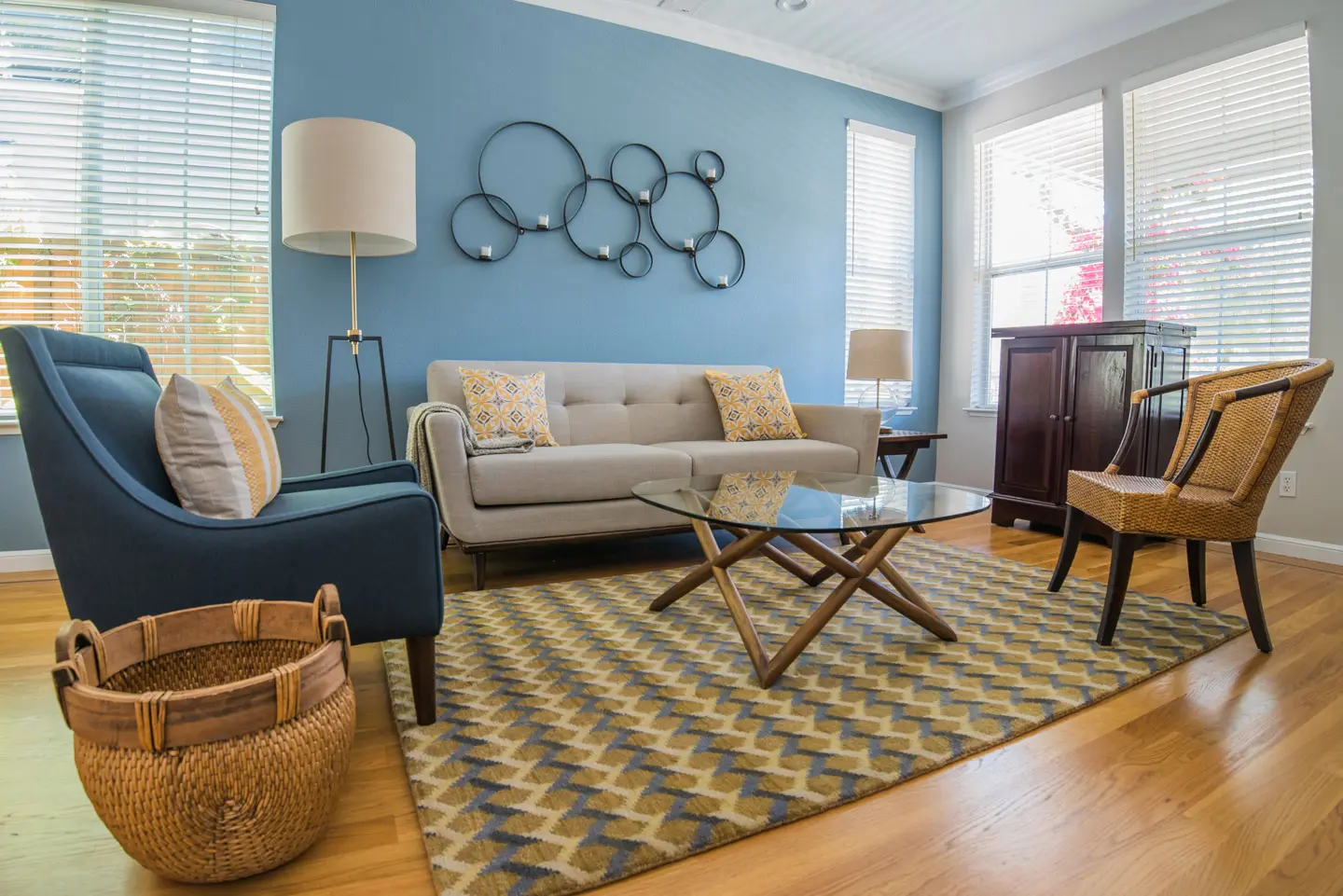




Lighting is an integral aspect of creating functional and visually appealing interiors. It not only sets the mood but also highlights the unique elements of a space. Understanding the importance of lighting in interior design can elevate your home decor while ensuring practicality. In this guide, we’ll explore the various types of lighting in interior design, discuss what is decorative lighting in interior design, and share tips to craft beautifully lit spaces.
Lighting significantly influences the ambiance, aesthetics, and functionality of any space. Proper lighting enhances textures, defines spaces, and supports tasks, making it an essential design element.
1. Creates Atmosphere: Lighting sets the tone for the room, from cozy and intimate to bright and energetic.
2. Highlights Key Features: Accent lighting draws attention to artwork, architectural details, or statement furniture.
3. Supports Functionality: Task lighting ensures practical visibility for activities like reading, cooking, or working.
4. Defines Spatial Boundaries: Strategic lighting can visually separate areas in open-plan layouts.
A well-lit space combines different lighting types to balance functionality and style. Let’s break down the three main types of lighting in interior design:
Ambient lighting serves as the primary source of illumination, providing an overall glow to the room. It ensures visibility without creating harsh shadows.
Task lighting focuses on specific areas where activities like reading, cooking, or studying occur. It minimizes eye strain and enhances productivity.
Accent lighting adds drama and highlights specific features like artwork, textured walls, or plants. It creates depth and visual interest.
Decorative lighting combines functionality with aesthetics to enhance a room’s design. Think of it as the jewelry of a space—adding flair, personality, and charm.
Decorative lighting bridges the gap between functionality and elegance, making it a crucial component of modern interiors.
Here are some innovative ways to use lighting in interior design for maximum impact:
Combine ambient, task, and accent lighting to create a multi-dimensional space. Layered lighting ensures versatility and enhances the room’s functionality.
Invest in bold, eye-catching lighting pieces that double as art. A sculptural chandelier or unique floor lamp can serve as the centerpiece of a room.
Use accent lighting to emphasize design elements like alcoves, vaulted ceilings, or exposed beams. LED strip lights are perfect for these purposes.
Incorporate smart systems that allow you to adjust brightness, color temperature, and scheduling for added convenience and energy efficiency.
Use fixtures with intricate designs, vibrant colors, or unconventional shapes to add personality and drama to your space.
Determine the primary purpose of the lighting—whether it’s to illuminate, decorate, or highlight.
Choose fixtures that complement the room’s overall style, be it contemporary, rustic, or eclectic.
Ensure the size of the fixture matches the proportions of the space. Oversized fixtures can overwhelm smaller rooms.
Opt for LED lights, which are both energy-efficient and long-lasting.
The importance of lighting in interior design cannot be overstated. Whether you’re layering different types of lighting in interior design or exploring what is decorative lighting in interior design, each element plays a role in creating a balanced and stylish space. Use these ideas to transform your home with creative and functional lighting solutions.
RECENT COMMENTS